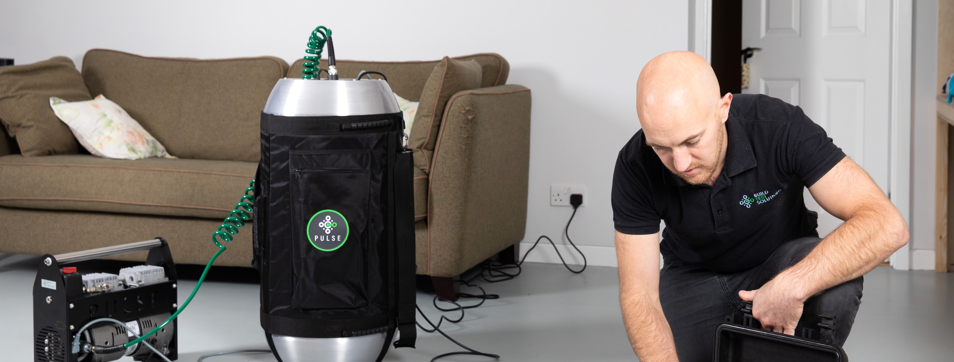Summary

TrustMark Approved Process - Following Evaluation By Our Compliance Team
TrustMark Approved Process
Ventilation & Air Tightness Testing
In order to use the process individuals carrying out testing must be certified by the Elmhurst Air Tightness Scheme

TrustMark Approved Process - Following Evaluation By Our Compliance Team
TrustMark Approved Process
Tags:
Blog

Whether the job is big or small, there are certain steps we advise you to take

Green Lending Reassurance
Our data-led audit and compliance service validates home improvements, promotes quality installation and provides customer protection

Emerging technologies: What you need to know
Did you know 85% of employment growth over the last 80 years is explained by technology-driven roles?
TrustMark is the Government Endorsed Quality Scheme that covers work a consumer chooses to have carried out in or around their home.
When a consumer chooses a TrustMark Registered Business, they are engaging with an organisation that has been thoroughly vetted to meet required standards and has made a commitment to good customer service.